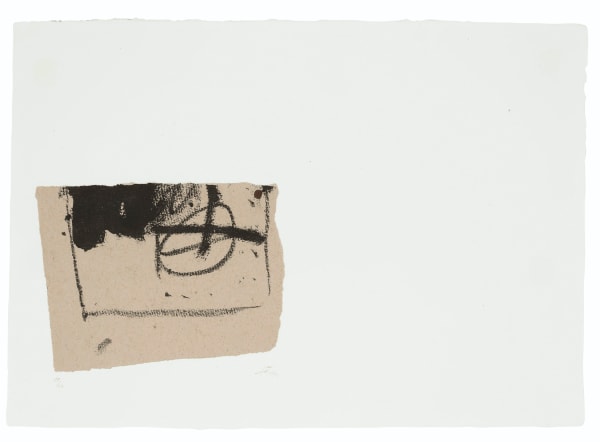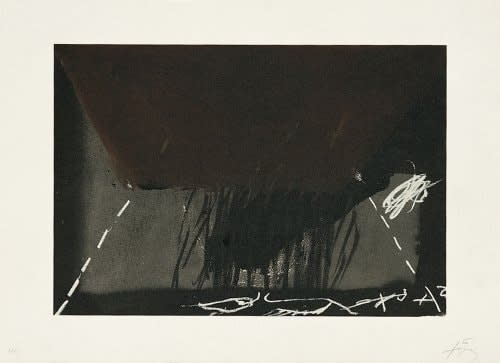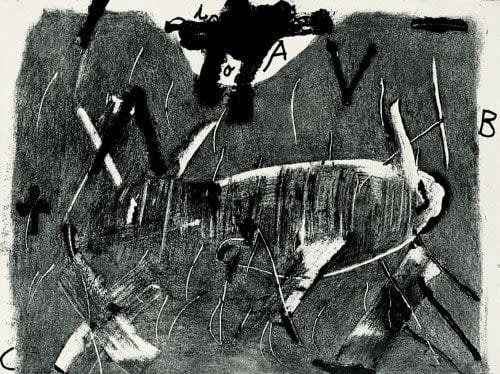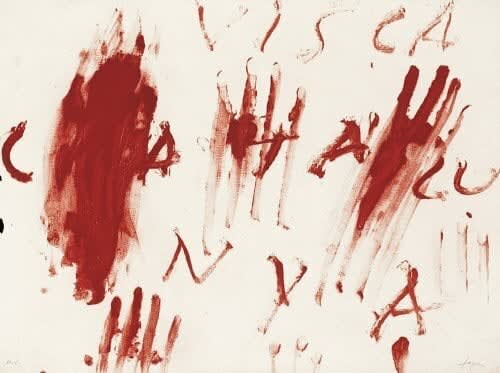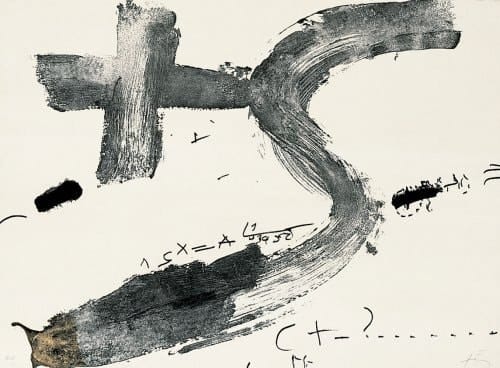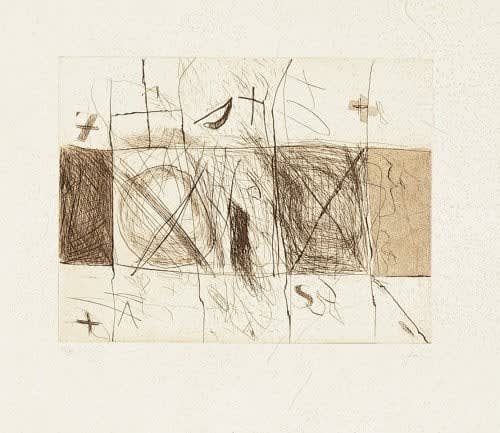Antoni Tàpies Catalan, 1923-2012
-
 El pa a la barca, 1963
El pa a la barca, 1963 -
 El pa a la barca, 1963
El pa a la barca, 1963 -
 El pa a la barca, 1963
El pa a la barca, 1963 -
 El pa a la barca, 1963
El pa a la barca, 1963 -
 El pa a la barca, 1963
El pa a la barca, 1963 -
 El pa a la barca, 1963
El pa a la barca, 1963 -
 El pa a la barca, 1963
El pa a la barca, 1963 -
 El pa a la barca, 1963
El pa a la barca, 1963 -
 El pa a la barca, 1963
El pa a la barca, 1963 -
 El pa a la barca, 1963
El pa a la barca, 1963 -
 Nocturn Matinal 4, 1970
Nocturn Matinal 4, 1970 -
 Nocturn Matinal-7, 1970
Nocturn Matinal-7, 1970 -
 Nocturn Matinal-8, 1970
Nocturn Matinal-8, 1970 -
 Mitjó, 1971
Mitjó, 1971 -
 Orella, 1971
Orella, 1971 -
 Clau I Ditades, 1971
Clau I Ditades, 1971 -
 Clau-12, 1973
Clau-12, 1973 -
 Lietra I Gris, 1976
Lietra I Gris, 1976 -
 Visca Catalunya, 1976
Visca Catalunya, 1976 -
 Creu I S, 1976
Creu I S, 1976 -
 Quadrats I Grafismes, 1976
Quadrats I Grafismes, 1976 -
 Lietra O, 1976
Lietra O, 1976 -
 Poligrafa XV Anys, 1980
Poligrafa XV Anys, 1980 -
 Aparicions-6, 1982
Aparicions-6, 1982 -
 Trespeus, 1990
Trespeus, 1990
In his wide-ranging practice, Antoni Tàpies combined rich conceptual concerns with material experimentation and monumental scales. His work was variously informed by early modernists including Paul Klee and Joan Miró and by Art Informel artists, such as Jean Dubuffet, who were his contemporaries. Throughout his paintings, prints, sculptures, and works on paper, Tàpies built a visual language full of thick, impastoed gestural marks and a cosmology of symbols and scripts. His materials ranged from trash and earth to dust and stone, which created a sense of solidity and physicality throughout his oeuvre.
Tàpies participated in the Venice Biennale four times and exhibited in cities including Paris, London, Barcelona, Brussels, Berlin, Tokyo, Zürich, and New York. His work has sold for seven figures at auction and belongs in the collections of the Centre Pompidou, Moderna Museet, the Kunstmuseum Basel, the Fondation Beyeler, the Museum of Modern Art, and the Tate (via Artsy).





